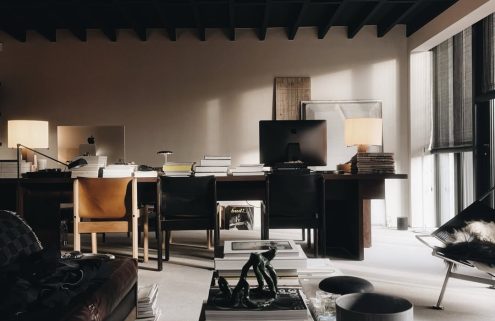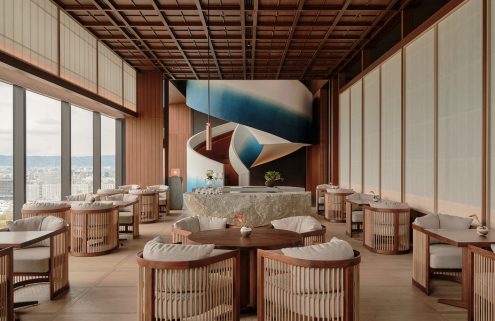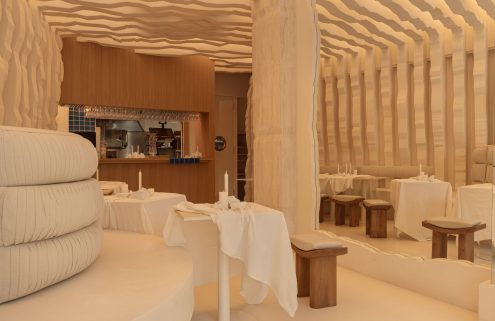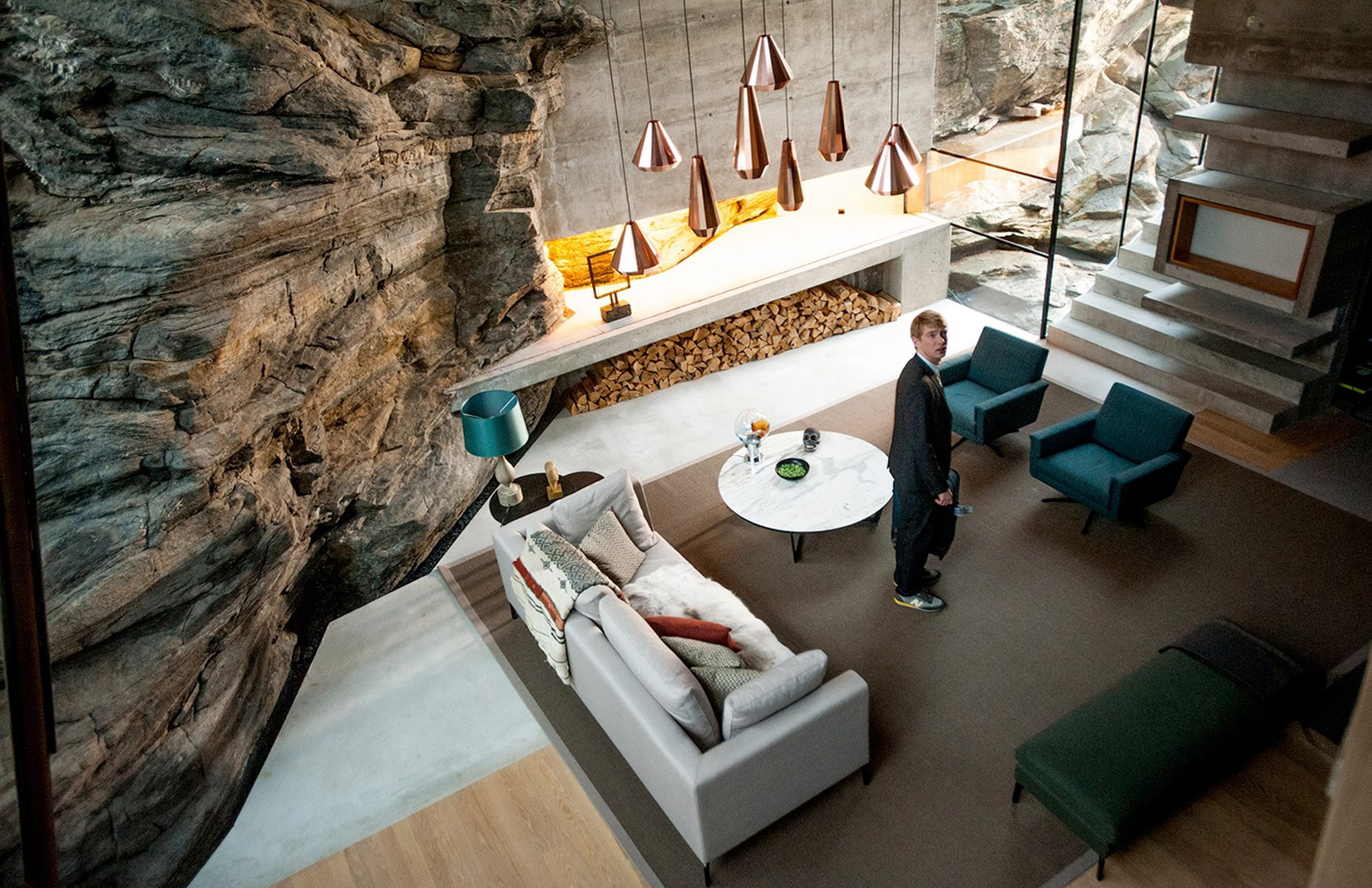Some of the most iconic characters in movie history aren’t people but the settings they inhabit. Whether built from scratch at great expense or scouted on a shoestring budget, a great interior setting can play a pivotal role in the telling of a good tale – just imagine Jack Torrance coming down with an acute case of writer’s block anywhere but the Overlook Hotel, or Holly Golightly stepping out from somewhere other than of her chic Upper East Side apartment.
Ahead of next month’s Academy Awards, here are five examples of outstanding production and set design from the past year which we think deserve a nod of recognition.
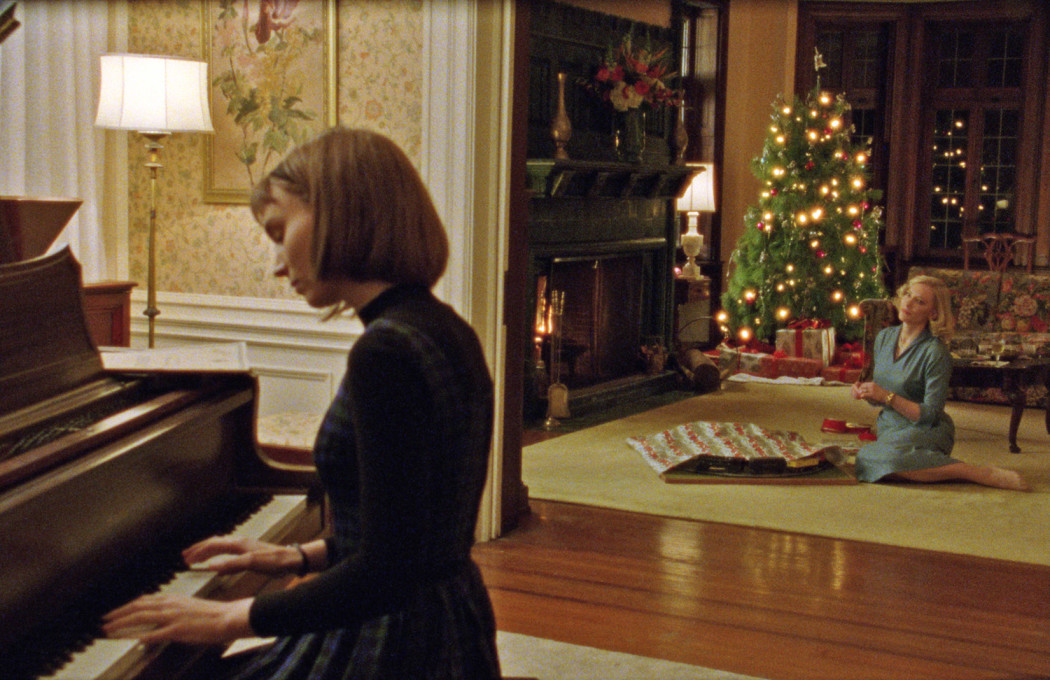
Carol
Though Therese Belivet (Rooney Mara) and Carol Aird (Cate Blanchett) first meet in a busy New York department store, their love affair takes root within the intimate confines of the latter’s New Jersey estate. Production designer Judy Becker offsets the cold stone facade of Carol’s formidable metaphorical prison – a Hyde Park mansion built in 1906 for wealthy heiress Mary Hanna – with warm, lavish interiors that reflect the women’s blossoming romance.
Courtesy of The Weinstein Company
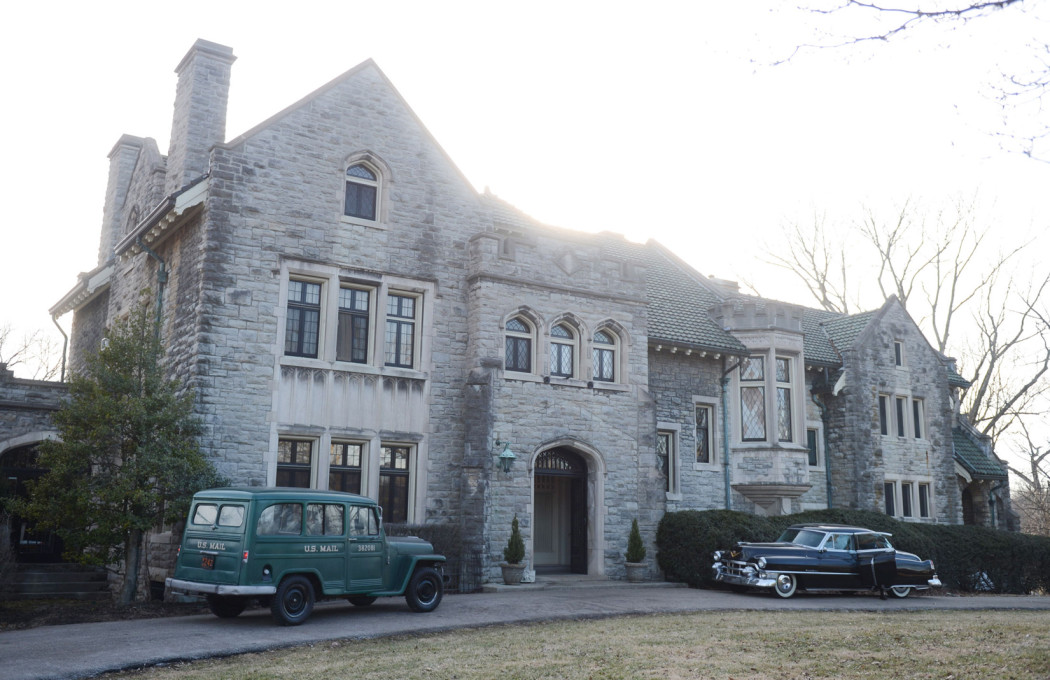
Carol
Though Therese Belivet (Rooney Mara) and Carol Aird (Cate Blanchett) first meet in a busy New York department store, their love affair takes root within the intimate confines of the latter’s New Jersey estate. Production designer Judy Becker offsets the cold stone facade of Carol’s formidable metaphorical prison – a Hyde Park mansion built in 1906 for wealthy heiress Mary Hanna – with warm, lavish interiors that reflect the women’s blossoming romance.
Courtesy of The Weinstein Company

Carol
Though Therese Belivet (Rooney Mara) and Carol Aird (Cate Blanchett) first meet in a busy New York department store, their love affair takes root within the intimate confines of the latter’s New Jersey estate. Production designer Judy Becker offsets the cold stone facade of Carol’s formidable metaphorical prison – a Hyde Park mansion built in 1906 for wealthy heiress Mary Hanna – with warm, lavish interiors that reflect the women’s blossoming romance.
Courtesy of The Weinstein Company
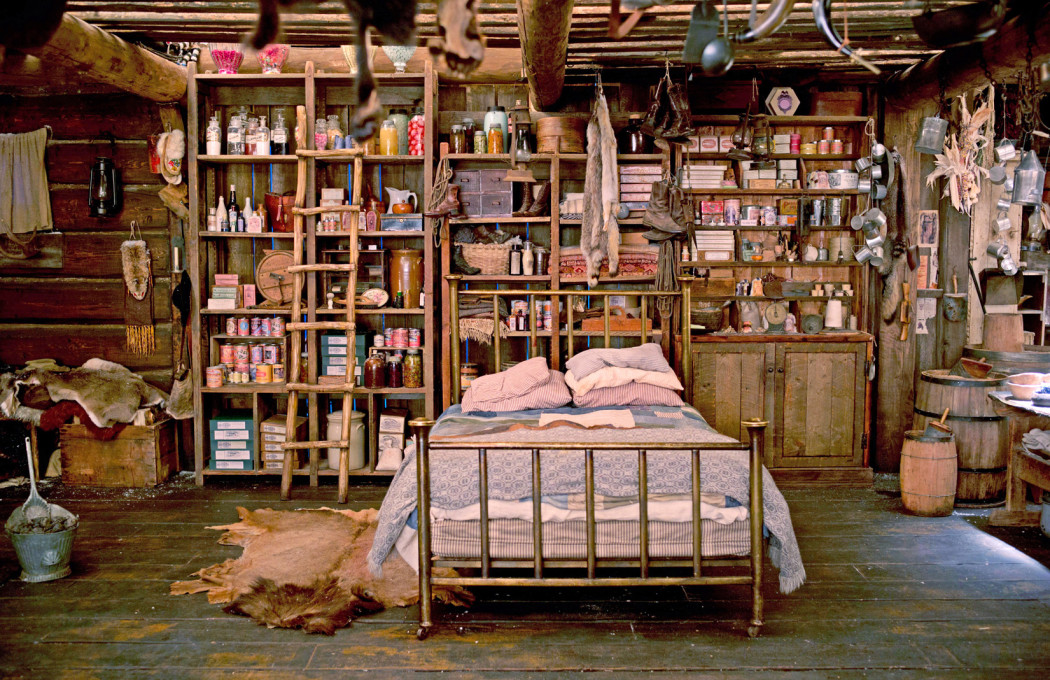
The Hateful Eight
In Quentin Tarantino’s gruelling chamber western, eight unseemly characters wait out a blizzard in Minnie’s Haberdashery, a perfectly innocuous post-Civil War setting that becomes the stage for a bloody standoff. This claustrophobic stagecoach stopover was created by production designer Yohei Taneda and set decorator Rosemary Brandenburg, who furnished it using locally-sourced materials for added authenticity.
Courtesy of The Weinstein Company/Andrew Cooper
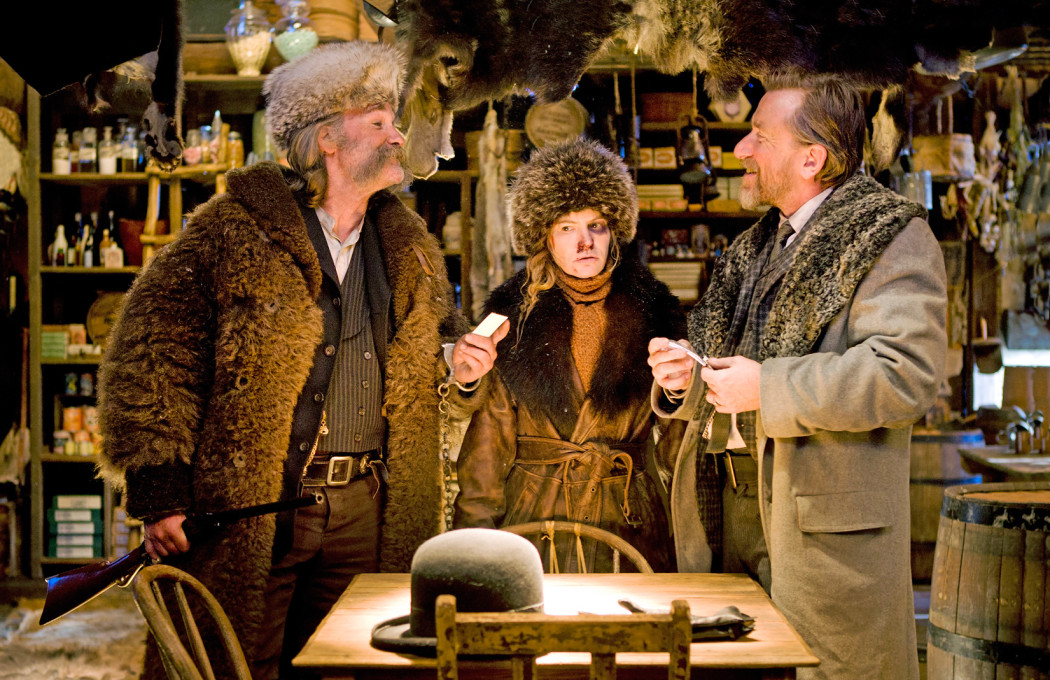
The Hateful Eight
In Quentin Tarantino’s gruelling chamber western, eight unseemly characters wait out a blizzard in Minnie’s Haberdashery, a perfectly innocuous post-Civil War setting that becomes the stage for a bloody standoff. This claustrophobic stagecoach stopover was created by production designer Yohei Taneda and set decorator Rosemary Brandenburg, who furnished it using locally-sourced materials for added authenticity.
Courtesy of The Weinstein Company/Andrew Cooper
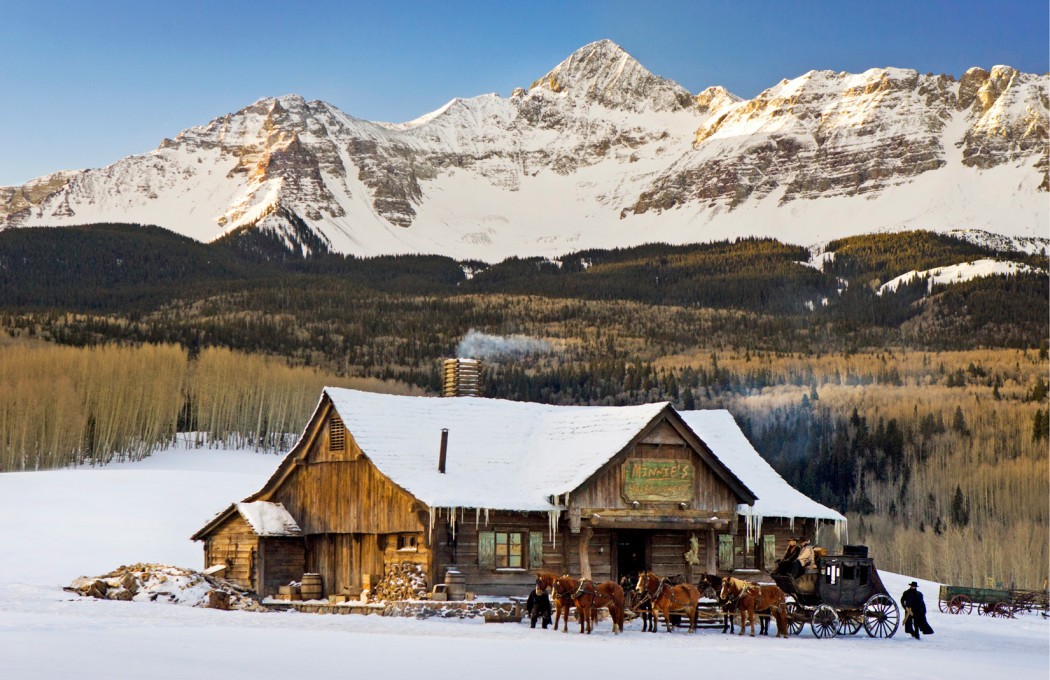
The Hateful Eight
In Quentin Tarantino’s gruelling chamber western, eight unseemly characters wait out a blizzard in Minnie’s Haberdashery, a perfectly innocuous post-Civil War setting that becomes the stage for a bloody standoff. This claustrophobic stagecoach stopover was created by production designer Yohei Taneda and set decorator Rosemary Brandenburg, who furnished it using locally-sourced materials for added authenticity.
Courtesy of The Weinstein Company/Andrew Cooper
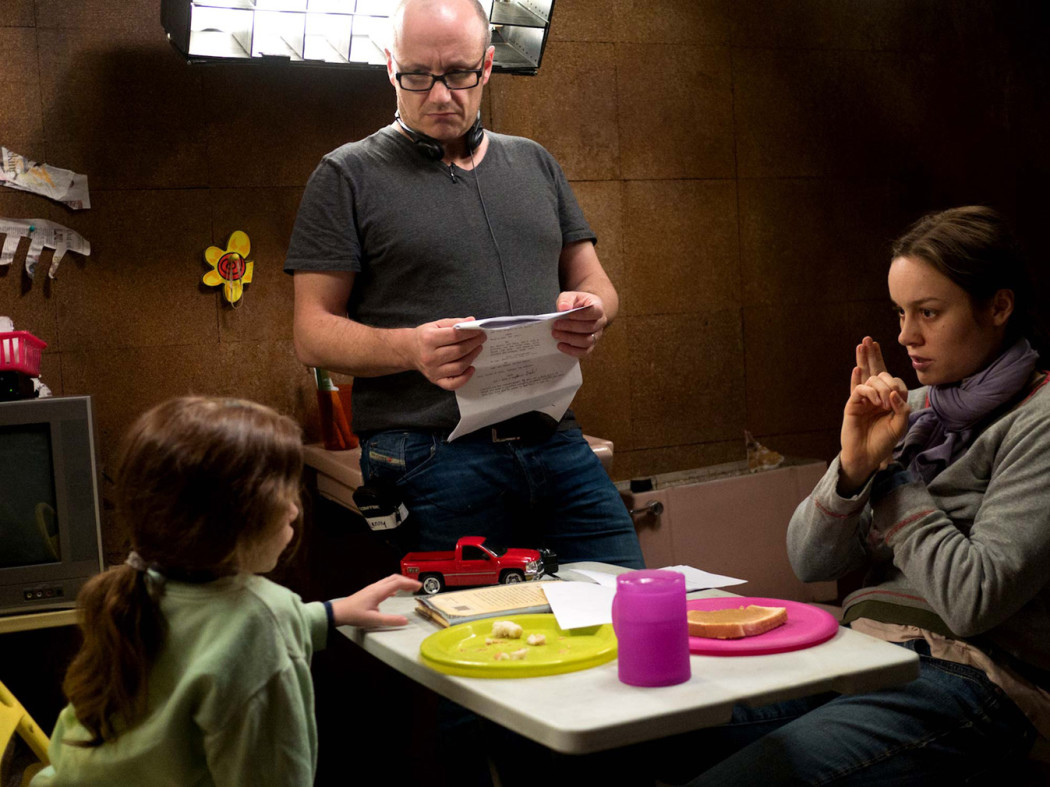
Room
Room follows the story of Ma and five-year-old Jack – played respectively by Best Actress shoo-in Brie Larson and newcomer Jacob Tremblay – who are imprisoned in a room by a Josef Fritzel-inspired character called ‘Old Nick’. Told from the perspective of Jack, who has never seen the outside world, the windowless 10×10 box is his entire existence. As the pair embark on a journey to freedom, he must come to terms with leaving the space that is his home.
Larson and Tremblay spent several weeks acclimatising to the challenging filming conditions on Lenny Abrahamson’s harrowing drama, hand-making many of the props used to decorate the room. The ingenuity of set designer Ethan Tobman enabled Abrahamson and cinematographer Danny Cohen to convey the contrasting emotional perspectives of the film’s cloistered protagonists.
Courtesy of A24. Take a 360 degree tour of the set.
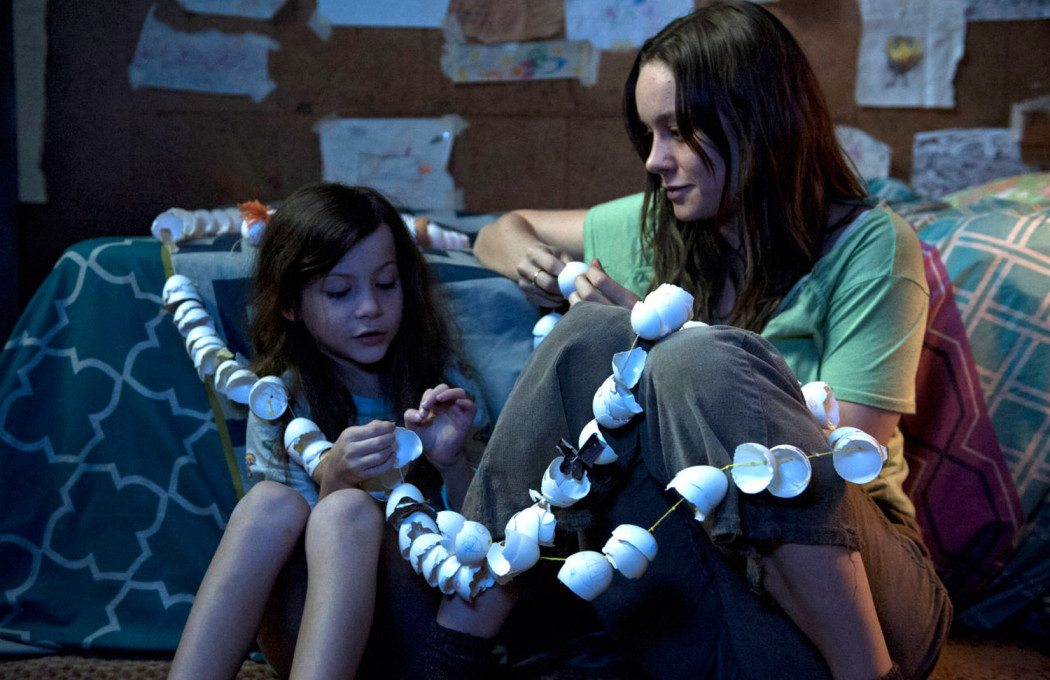
Room
Room follows the story of Ma and five-year-old Jack – played respectively by Best Actress shoo-in Brie Larson and newcomer Jacob Tremblay – who are imprisoned in a room by a Josef Fritzel-inspired character called ‘Old Nick’. Told from the perspective of Jack, who has never seen the outside world, the windowless 10×10 box is his entire existence. As the pair embark on a journey to freedom, he must come to terms with leaving the space that is his home.
Larson and Tremblay spent several weeks acclimatising to the challenging filming conditions on Lenny Abrahamson’s harrowing drama, hand-making many of the props used to decorate the room. The ingenuity of set designer Ethan Tobman enabled Abrahamson and cinematographer Danny Cohen to convey the contrasting emotional perspectives of the film’s cloistered protagonists.
Courtesy of A24. Take a 360 degree tour of the set.
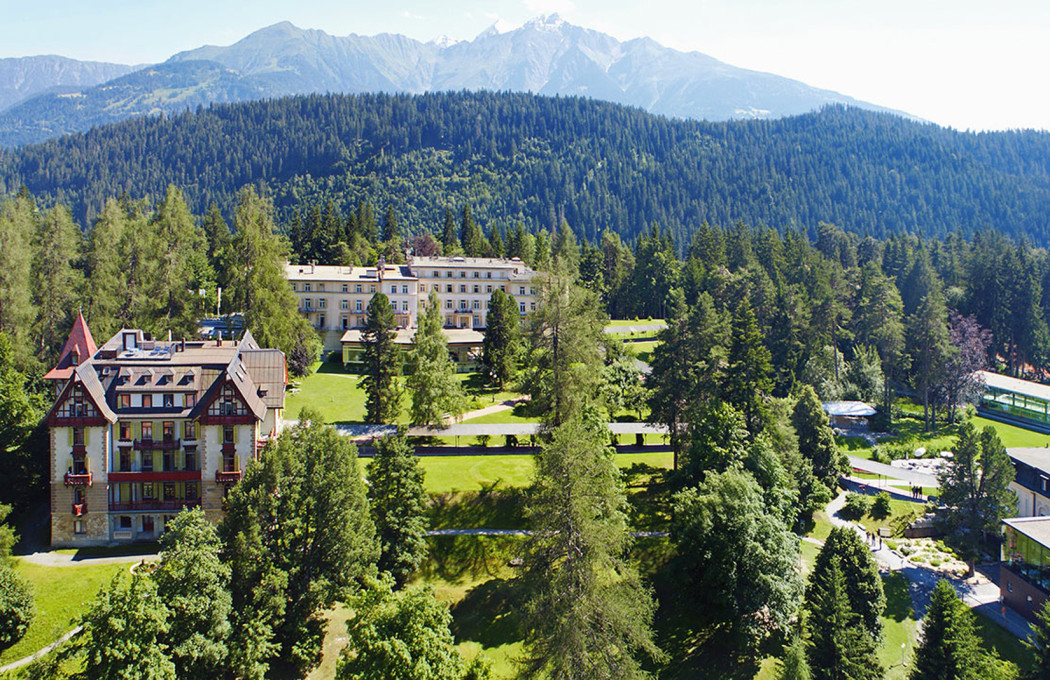
Youth
Despite being backdropped by the Swiss Alps, Paolo Sorrentino’s Youth is perhaps most notable for the spectacular five-star spa resort that provides comfort and catharsis for Michael Caine’s retired conductor. The unnamed hotel is said to be the Waldhaus Flims Mountain Resort & Spa, which was designed and constructed by local businessmen Peter-Jakob Bener-Caviezel and Paul Lorenz in 1877, making it one of the best preserved examples of the ‘Classical Feudal’ style of the time.
Courtesy of Waldhaus Flims Mountain Resort & Spa
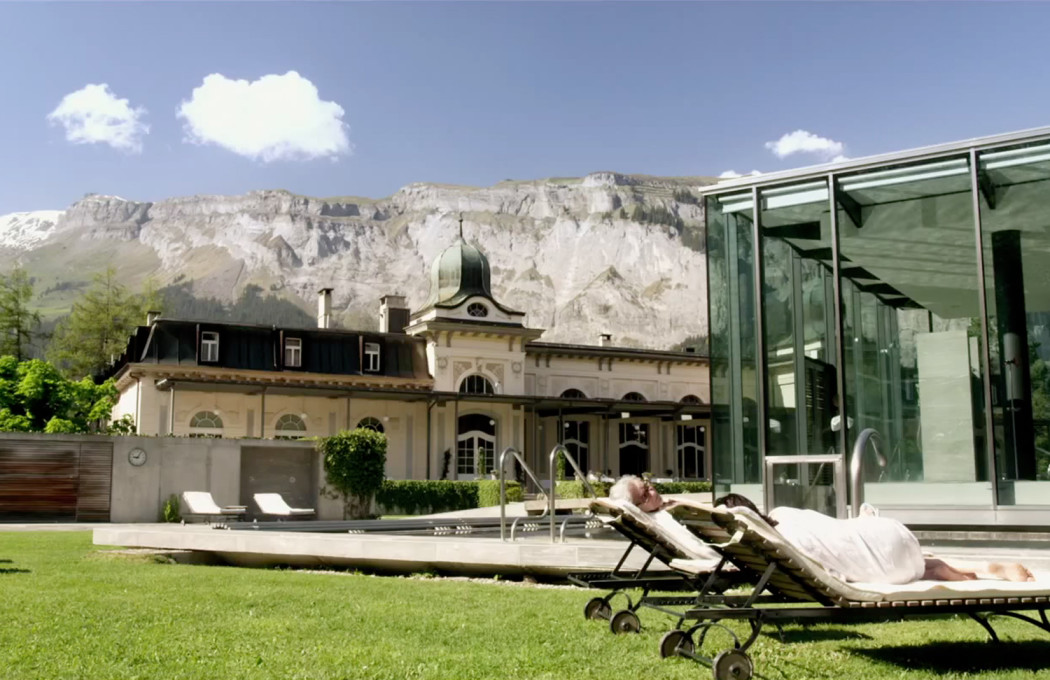
Youth
Despite being backdropped by the Swiss Alps, Paolo Sorrentino’s Youth is perhaps most notable for the spectacular five-star spa resort that provides comfort and catharsis for Michael Caine’s retired conductor. The unnamed hotel is said to be the Waldhaus Flims Mountain Resort & Spa, which was designed and constructed by local businessmen Peter-Jakob Bener-Caviezel and Paul Lorenz in 1877, making it one of the best preserved examples of the ‘Classical Feudal’ style of the time.
Courtesy of Fox Searchlight Pictures / StudioCanal
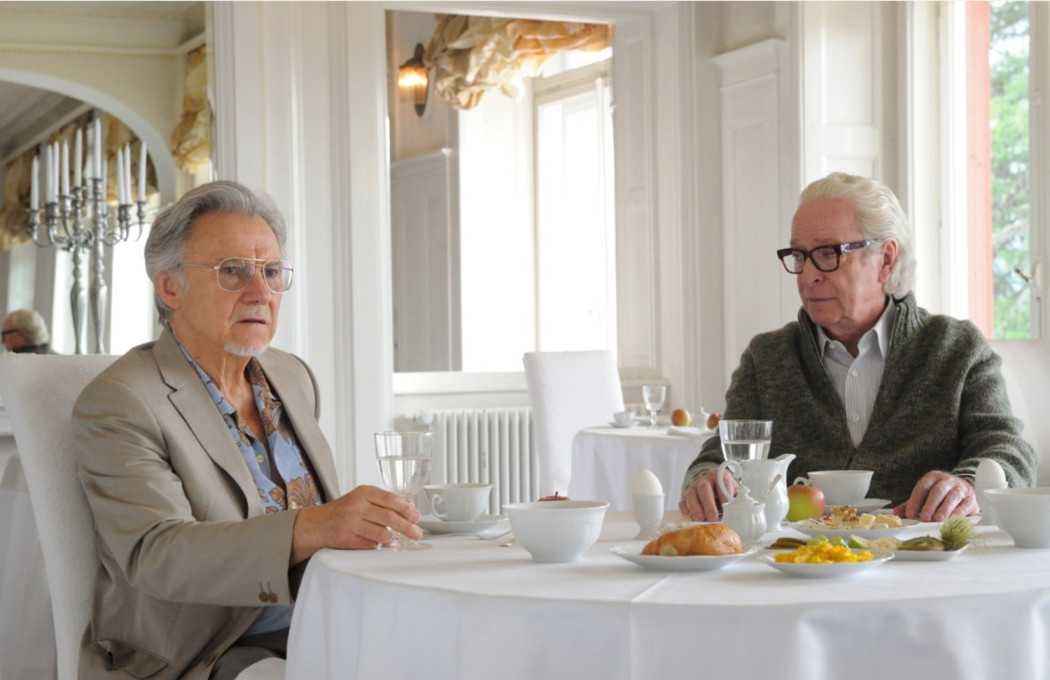
Youth
Despite being backdropped by the Swiss Alps, Paolo Sorrentino’s Youth is perhaps most notable for the spectacular five-star spa resort that provides comfort and catharsis for Michael Caine’s retired conductor. The unnamed hotel is said to be the Waldhaus Flims Mountain Resort & Spa, which was designed and constructed by local businessmen Peter-Jakob Bener-Caviezel and Paul Lorenz in 1877, making it one of the best preserved examples of the ‘Classical Feudal’ style of the time.
Courtesy of Fox Searchlight Pictures / StudioCanal
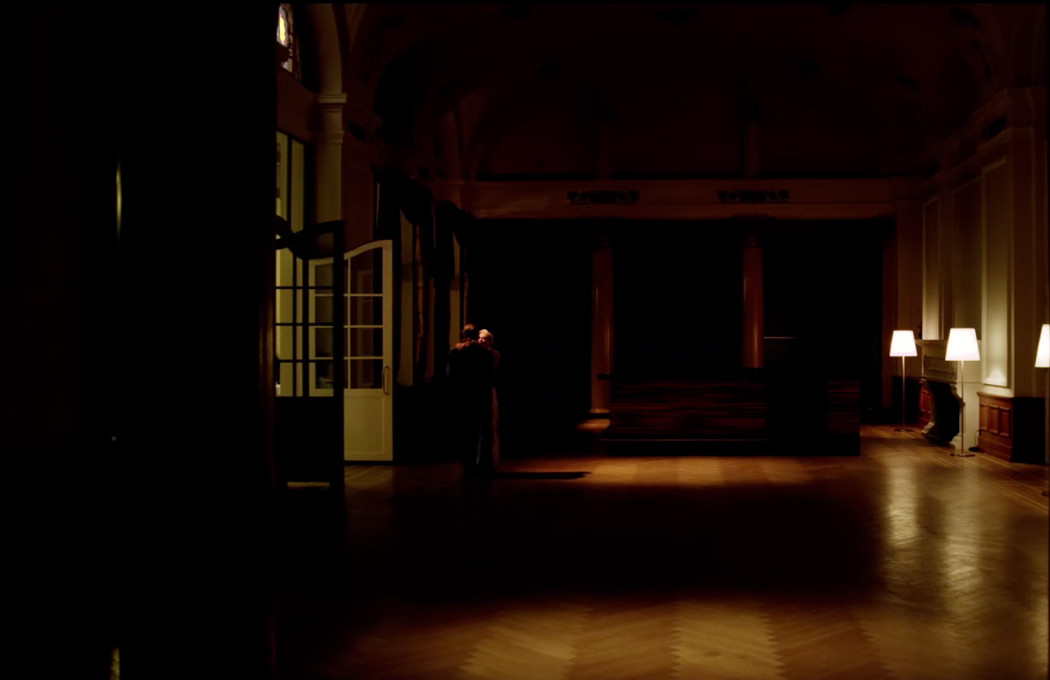
Youth
Despite being backdropped by the Swiss Alps, Paolo Sorrentino’s Youth is perhaps most notable for the spectacular five-star spa resort that provides comfort and catharsis for Michael Caine’s retired conductor. The unnamed hotel is said to be the Waldhaus Flims Mountain Resort & Spa, which was designed and constructed by local businessmen Peter-Jakob Bener-Caviezel and Paul Lorenz in 1877, making it one of the best preserved examples of the ‘Classical Feudal’ style of the time.
Courtesy of Fox Searchlight Pictures / StudioCanal
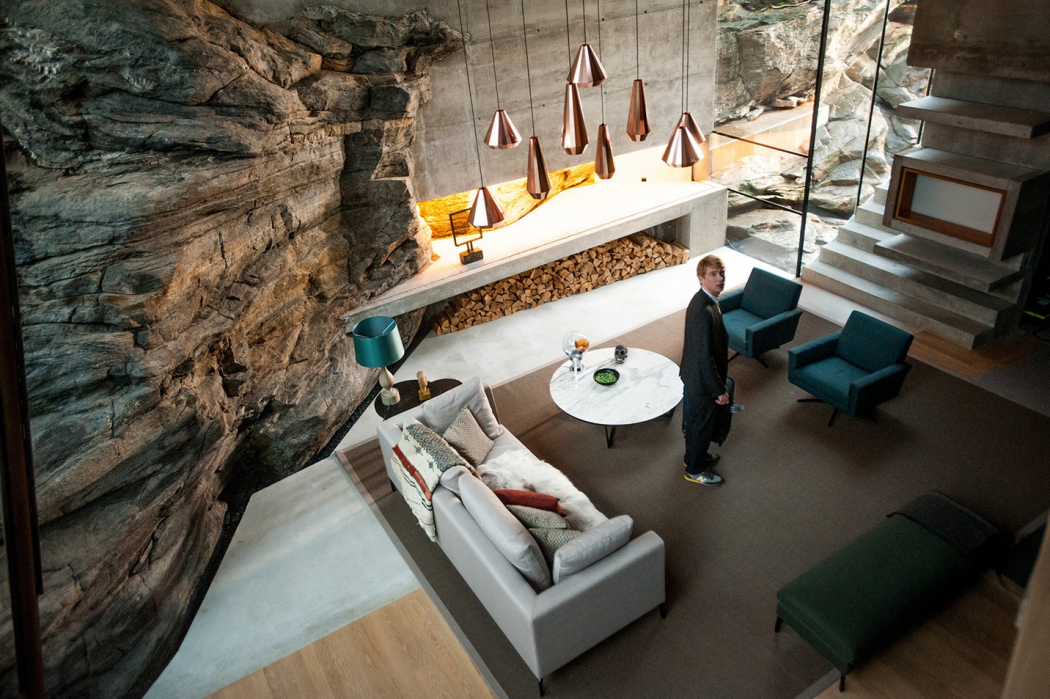
Ex-Machina
A secluded lair is a must-have for any self-respecting movie villain, and the antagonist in Alex Garland’s AI thriller boasts one of the slickest, most atmospheric pads in recent memory. The minimalist glass-and-steel structure that harbours Oscar Isaac’s dangerously unhinged tech CEO is in fact the Juvet Landscape Hotel by Jensen & Skodvin Architects; located not in Alaska, where the film is set, but Norway. A clifftop home, called The Residence, by the same architects was used as a second location, while a collection of concrete underground rooms were built in Pinewood Studios in the UK.
Courtesy of Mongrel Media / Universal Pictures
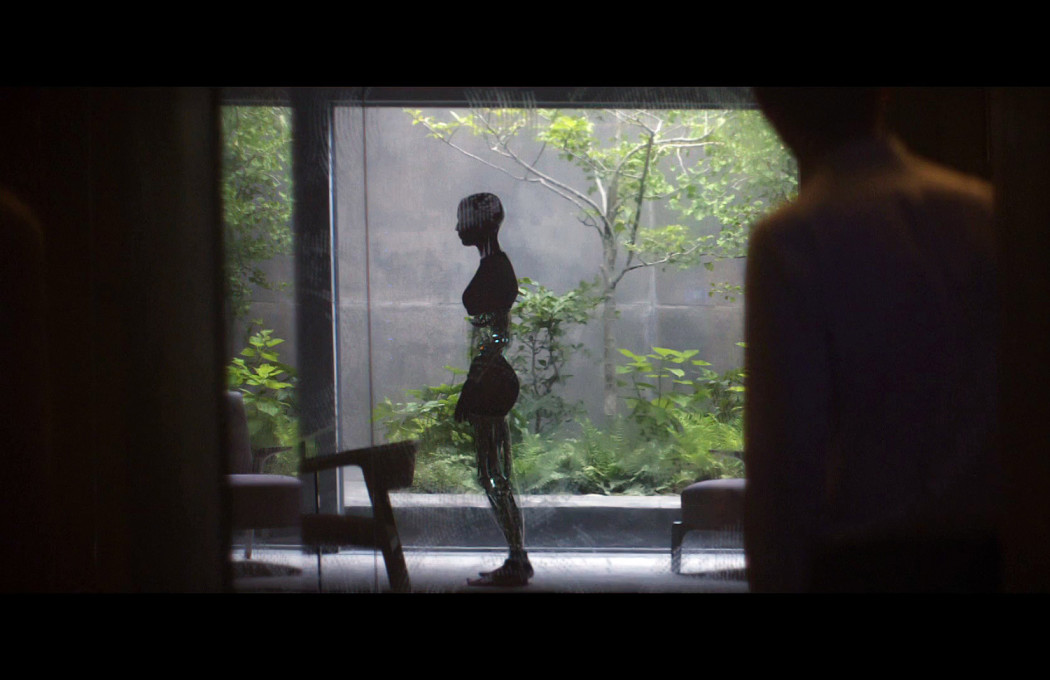
Ex-Machina
A secluded lair is a must-have for any self-respecting movie villain, and the antagonist in Alex Garland’s AI thriller boasts one of the slickest, most atmospheric pads in recent memory. The minimalist glass-and-steel structure that harbours Oscar Isaac’s dangerously unhinged tech CEO is in fact the Juvet Landscape Hotel by Jensen & Skodvin Architects; located not in Alaska, where the film is set, but Norway. A clifftop home, called The Residence, by the same architects was used as a second location, while a collection of concrete underground rooms were built in Pinewood Studios in the UK.
Courtesy of Mongrel Media / Universal Pictures

Ex-Machina
A secluded lair is a must-have for any self-respecting movie villain, and the antagonist in Alex Garland’s AI thriller boasts one of the slickest, most atmospheric pads in recent memory. The minimalist glass-and-steel structure that harbours Oscar Isaac’s dangerously unhinged tech CEO is in fact the Juvet Landscape Hotel by Jensen & Skodvin Architects; located not in Alaska, where the film is set, but Norway. A clifftop home, called The Residence, by the same architects was used as a second location, while a collection of concrete underground rooms were built in Pinewood Studios in the UK.
Courtesy of the Juvet Landscape Hotel
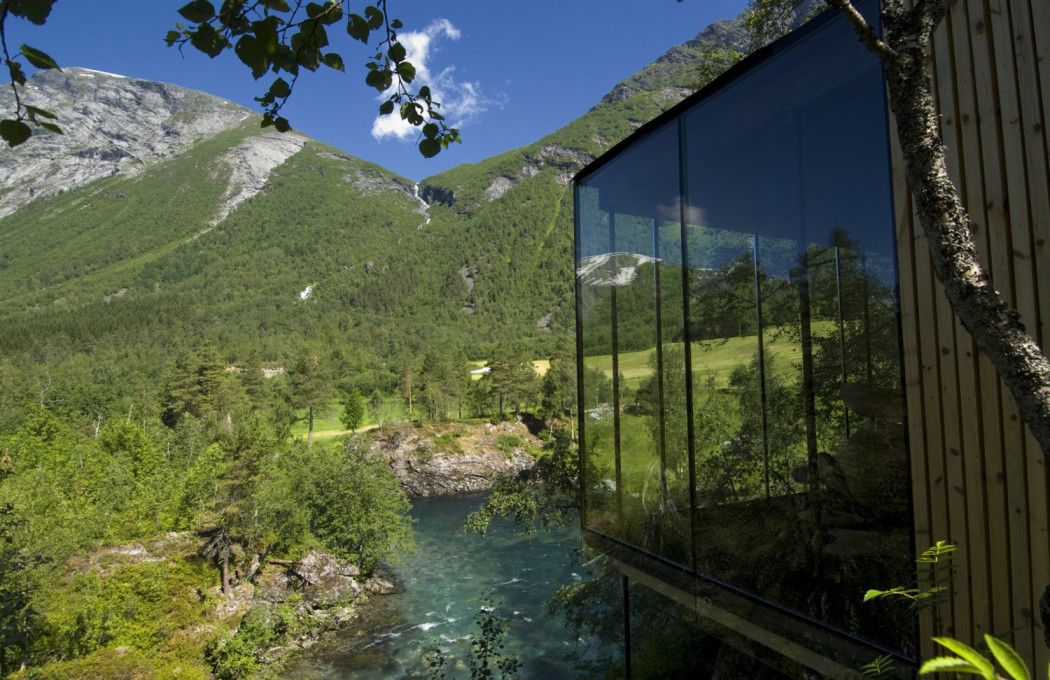
Ex-Machina
A secluded lair is a must-have for any self-respecting movie villain, and the antagonist in Alex Garland’s AI thriller boasts one of the slickest, most atmospheric pads in recent memory. The minimalist glass-and-steel structure that harbours Oscar Isaac’s dangerously unhinged tech CEO is in fact the Juvet Landscape Hotel by Jensen & Skodvin Architects; located not in Alaska, where the film is set, but Norway. A clifftop home, called The Residence, by the same architects was used as a second location, while a collection of concrete underground rooms were built in Pinewood Studios in the UK.
Courtesy of the Juvet Landscape Hotel
